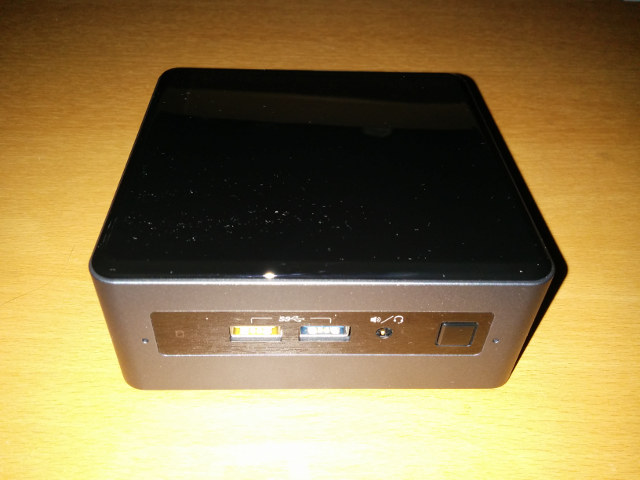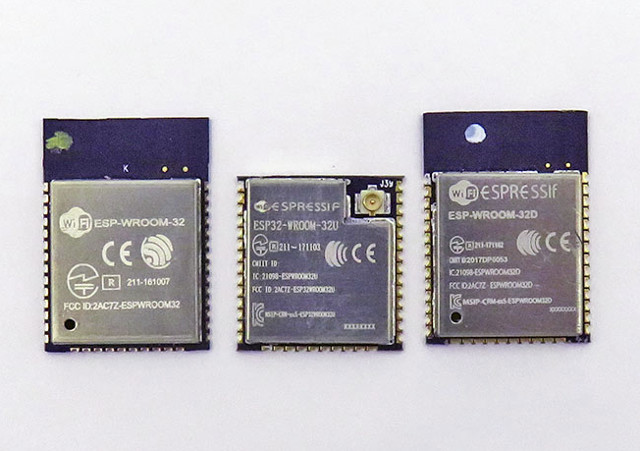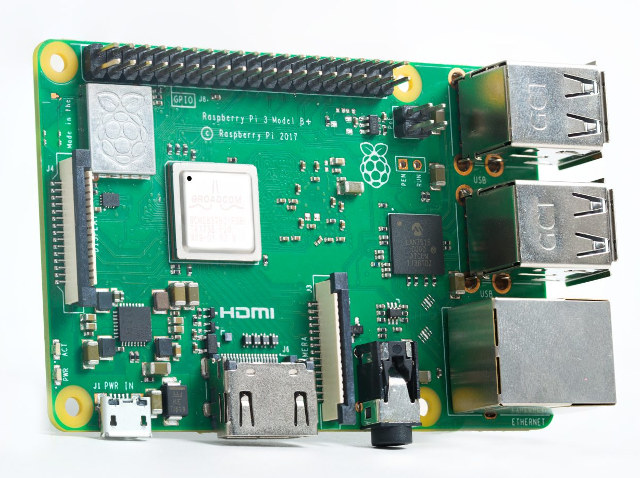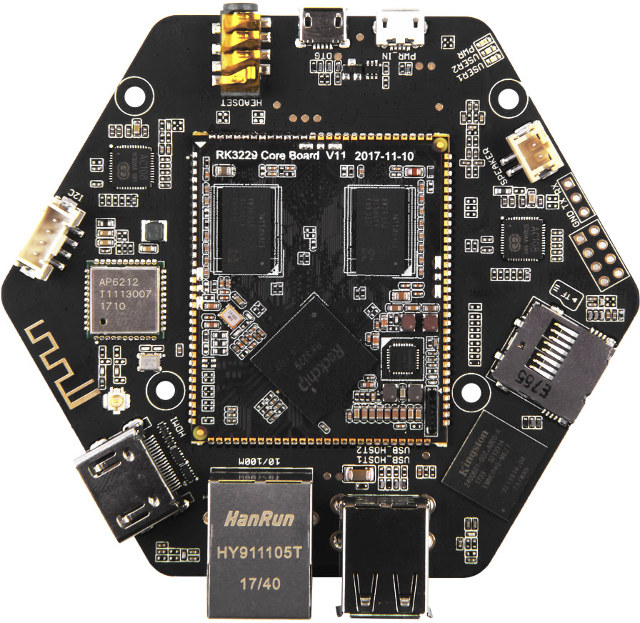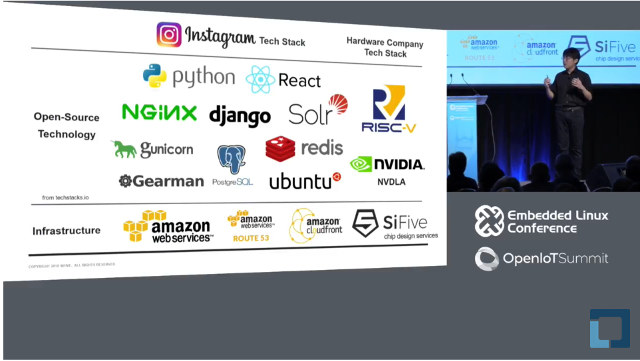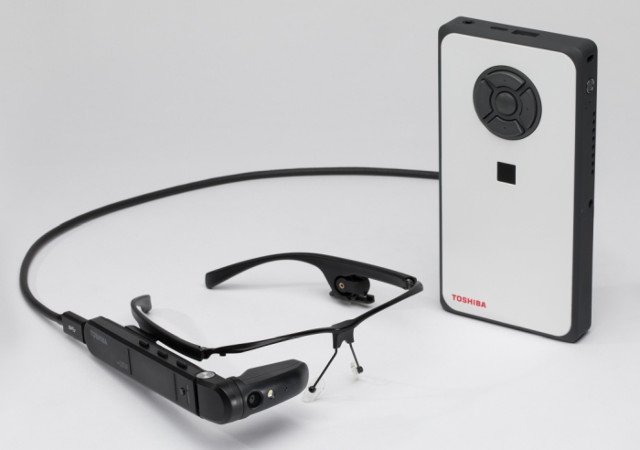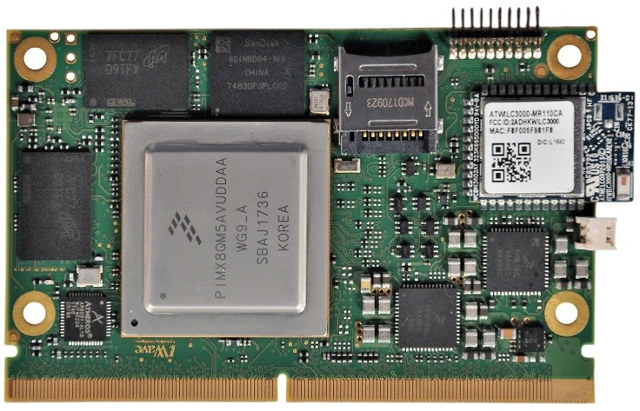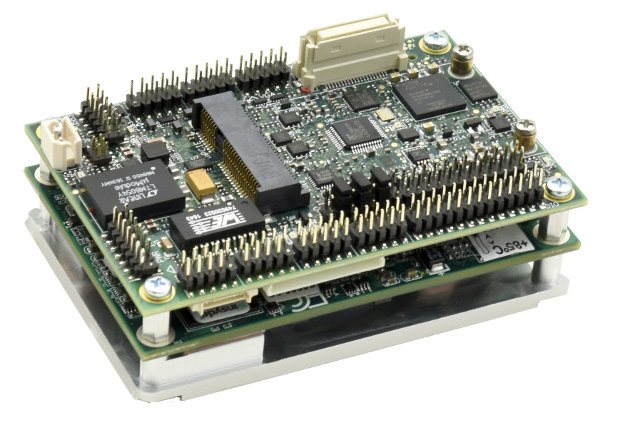The hardware specification for mini PCs has recently evolved past the traditional fixed amount of memory and storage. Now mini PCs are shipping with SODIMM slots allowing RAM expansion and a variety of M.2 or SSD combos providing flexible storage options. Recent mini PCs are also coming to market with desktop processors rather than mobile processors because there has been a gradual acceptance of the necessary inclusion of a small internal fan. In doing so not only is this addressing the key limiting factors for mini PCs but it is also redefines the very definition of a mini PC. Until recently Intel NUCs (Next Unit of Computing) were seen as small-form-factor personal computers primarily because they consisted of the traditional motherboard with a processor, included removable RAM and storage and were enclosed in a case with an external power supply. They were also sold as kits meaning they were essentially […]
ESP32-WROOM-32D / ESP32-WROOM-32U WiFi & Bluetooth Modules Deliver Better RF Performance
ESP-WROOM-32 is likely the most popular ESP32 WiFi + Bluetooth module on the market, but a few months ago, Espressif Systems unveiled two variants named ESP32-WROOM-32D / ESP32-WROOM-32U, which are based on ESP32-D0WD (5x5mm package) instead of ESP32-D0WDQ6 (6x6mm package), and are said to offer better RF performance ESP32-WROOM-32D is the most similar to ESP-WROOM-32 since it also comes with a PCB antenna, while ESP32-WROOM-32U is much smaller as it relies on an external WiFi/Bluetooth antenna via a u.FL connector. Both new modules are pin-to-pin compatible with ESP-WROOM-32 Key features: CPU – Espressif ESP32-D0WD dual core Tensilica processor Storage – 32Mbit SPI flash Crystal – 40 MHz Connectivity – Wi-Fi 802.11 b/g/n up to 150 Mbps, Bluetooth 4.2 LE I/Os – 38- catellagated pin with I/Os + GND plane Antenna ESP32-WROOM-32D – on-board antenna ESP32-WROOM-32U – u.FL connector for external IPEX antenna Dimensions ESP32-WROOM-32D – 18 x 25.5 x 3.1 […]
$35 Raspberry Pi 3 Model B+ Launched with a Faster Processor, 802.11ac WiFi, Gigabit Ethernet, and Optional PoE
The Raspberry Pi Foundation has just introduced a updated version of their popular Raspberry Pi 3 Model B board with a Model B+ that increases the processor clocked up to 1.4 GHz, adds dual-band 802.11ac WiFi, and Bluetooth 4.2, Gigabit Ethernet (via USB 2.0 to Ethernet bridge), as well as support for PoE (Power-over-Ethernet) via an external HAT add-on board. Raspberry Pi 3B+ specifications: SoC – Broadcom BCM2837B0 64-bit ARMv8 quad core Cortex A53 processor @ 1.4GHz with dual core VideoCore IV GPU System Memory – 1GB LPDDR2 Storage – micro SD slot Video & Audio Output – HDMI 1.4 and 4-pole stereo audio and composite video port Connectivity – Gigabit Ethernet (via Microchip LAN7515 USB 2.0 to GbE bridge), maximum throughput 300 Mbps), WiFi 802.11 b/g/n/ac and Bluetooth 4.2 LE (via Cypress CYW43455 based module) USB – 4x USB 2.0 host ports, 1x micro USB port for power […]
ReSpeaker Core v2 is a 6-Mic Array Audio Development Kit Powered by Rockchip RK3229 Processor
Seeed Studio launched ReSpeaker Core board designed for voice interaction in 2016. The board was based on a Mediatek MT7688 MIPS WiSoC running OpenWrt, and came with a single built-in microphone, although a microphone array board with 7 microphones and 12 LEDs was also offered as option. The company is now back with a more powerful update of the board – called ReSpeaker Core v2 – featuring Rockchip RK3229 quad core Cortex A7 processor, running Debian Linux, and with 6 on-board microphones. Beside WiFi connectivity, the board also adds Ethernet and Bluetooth 4.0, as well as a USB hot port compared to the previous version. ReSpeaker Core v2 specifications: SoC – Rockchip RK3229 quad core Cortex A7 processor @ up to 1.5 GHz with Arm Mali-400MP2 GPU System Memory – 1GB DDR3 RAM Storage – 4GB eMMC flash, micro SD card slot Video Output – HDMI 2.0 (but drivers not […]
RISC-V Keynote at Embedded Linux Conference 2018 (Video)
The Embedded Linux Conference and OpenIoT Summit 2018 have just started, and the Linux Foundation has already uploaded a few keynote videos to YouTube, including the one by Yunsup Lee, Co-Founder and CTO, SiFive, entitled “Designing the Next Billion Chips: How RISC-V is Revolutionizing Hardware”. Yunsup explains the current problem with chip development, and go through the open source RISC-V solutions offered by Sifive. Currently design a chip has a high upfront (NRE = non-recurring engineering) costs, is time-consuming (1.5 to 2 years at least) and silicon vendors normally target high volume production, but now many applications like IoT or machine learning require custom chips that may not be (yet) manufactured in such high volume. The solution is to adapt some idea from open source software to open source hardware in order to lower the costs, enable fast prototyping, and involve the community of designers and software developers. He took […]
Toshiba Unveils dynaEdge AR Smart Glasses Powered by a Portable Windows Mini PC
Smart glasses have never really gained traction in the consumer space, but they can still be useful in the workplace, especially with augmented reality, where relevant data can be overlaid on top of the user’s view. Toshiba has launched one of those products with dynaEdge AR smart glasses, but instead of having the battery and electronics on the glasses themselves, a portable mini PC running Windows takes care of the heavy lifting and the battery. This should make the glasses lighter – provided proper cable management -, and offer longer battery life. dynaEdge AR100 head mounted display (HMD) specifications: Display – 0.26″ with 640 x 360 resolution (equivalent to 4.1″ display about 35cm away); angle adjustment Audio – Dual microphone with noise cancellation, speaker USB – USB type C port to connect to mini PC Sensors – Ambient light, compass, gyroscope, proximity Location – GPS support Built-in Camera Misc – […]
iWave Systems iW-RainboW-G27M SMARC 2.0 SoM Features NXP i.MX8 QuadMax Processor
We’ve previously seen SECO will soon launch SM-C12 SMARC 2.0 SoM powered by NXP i.MX 8M processor, but there’s not the only company working on a SMARC 2.0 compliant system-on-module powered by the latest NXP 64-bit Arm processor, as iWave Systems iW-RainboW-G27M module should be coming up soon with a more powerful NXP i.MX 8QuadMax Arm Cortex A72/A53/M4 processor coupled with 4GB LPDDR4 RAM by default. The i.MX8QuadMax SMARC System-on-Module targets “complex embedded application of consumer, medical and industrial embedded computing applications”. iWave Systems iW-RainboW-G27M specifications: SoC – NXP i.MX8 QuadMax processor with 2x Cortex-A72 @ 1.8 GHz, 4x Cortex-A53 @ 1.2 GHz,2 x Cortex-M4F @ 266 MHz, 2x Vivante GC7000XSVX GPUs, and a 4K H.265 decode & 1080p h.264 enc/dec capable VPU System Memory – 4GB LPDDR4 (Expandable) On-module Storage – 16GB eMMC Flash (Expandable), micro SD slot, optional 256MB QSPI Flash On-module Connectivity – 2x Gigabit Ethernet PHY, […]
Diamond Systems Zeta is a Miniature SBC Based on Bay Trail/Apollo Lake COM Express Mini Modules
Diamond Systems, a Silicon valley based company providing embedded computing solutions for transportation, energy, aerospace, defense, manufacturing, medical and research market, has recently introduced Zeta single board computer comprised of a baseboard, a choice of COM Express Mini type 10 modules based on Intel Bay Trail or Apollo Lake processor, and a heatspreader for cooling. The company explains the small size and high feature density of the solution make it particularly suitable for mobile applications. The SBC also supports a wide range 6-36VDC input voltage, and works in -40 to +85°C temperature range. Zeta SBC specifications: COM’s Processor and System Memory Intel Atom Bay Trail E3825 dual core processor @ 1.33GHz with 2GB RAM Intel Atom Apollo Lake E3940 quad core processor @ 1.6GHz with 4GB RAM Intel Pentium Apollo Lake N4200 quad core processor @ 1.1GHz (burstable to 2.5GHz) with 8GB RAM Storage – 1x mSATA socket , 1x […]


